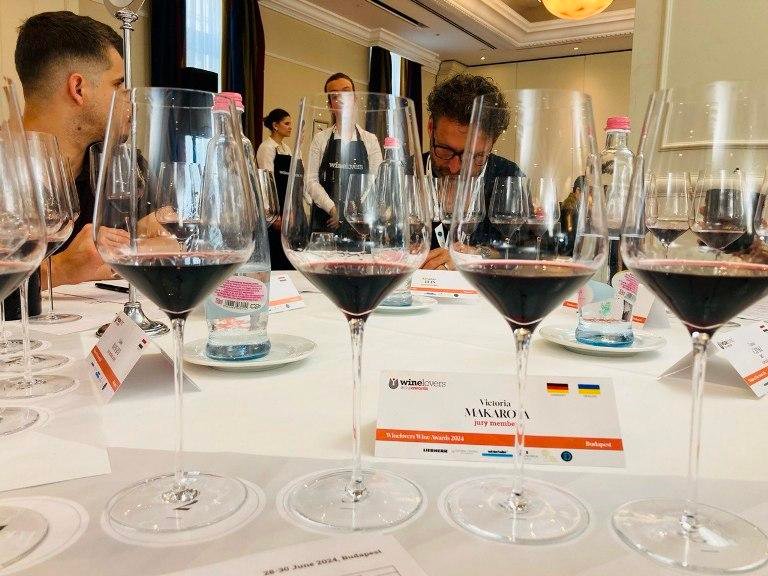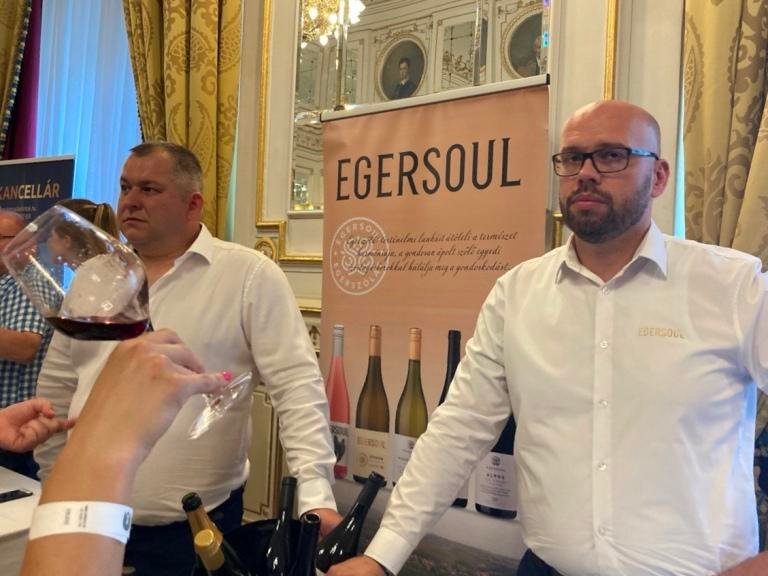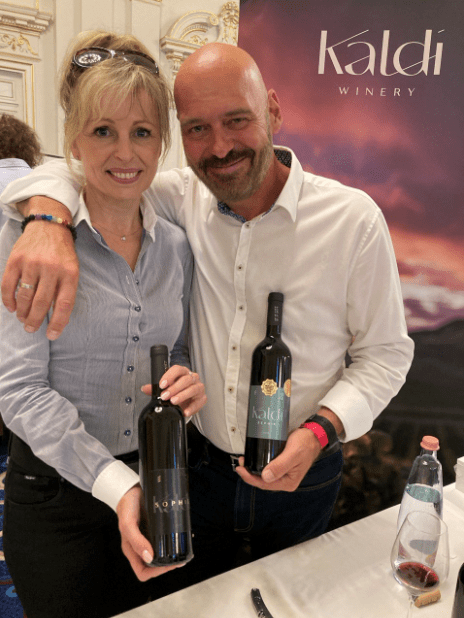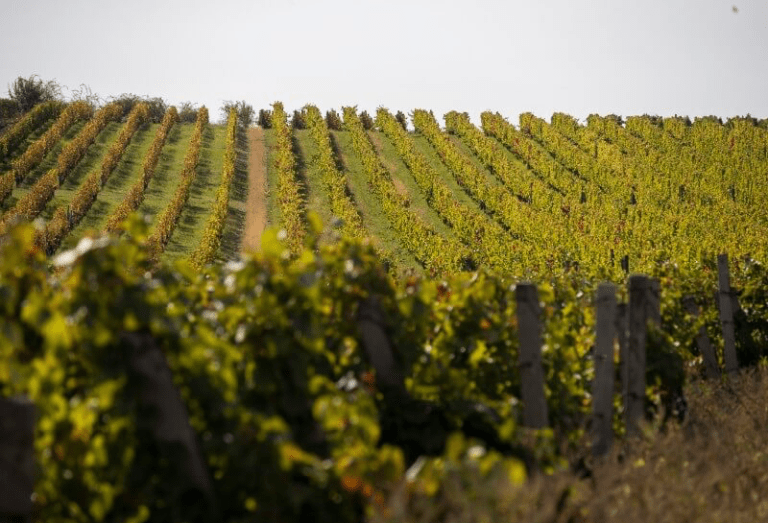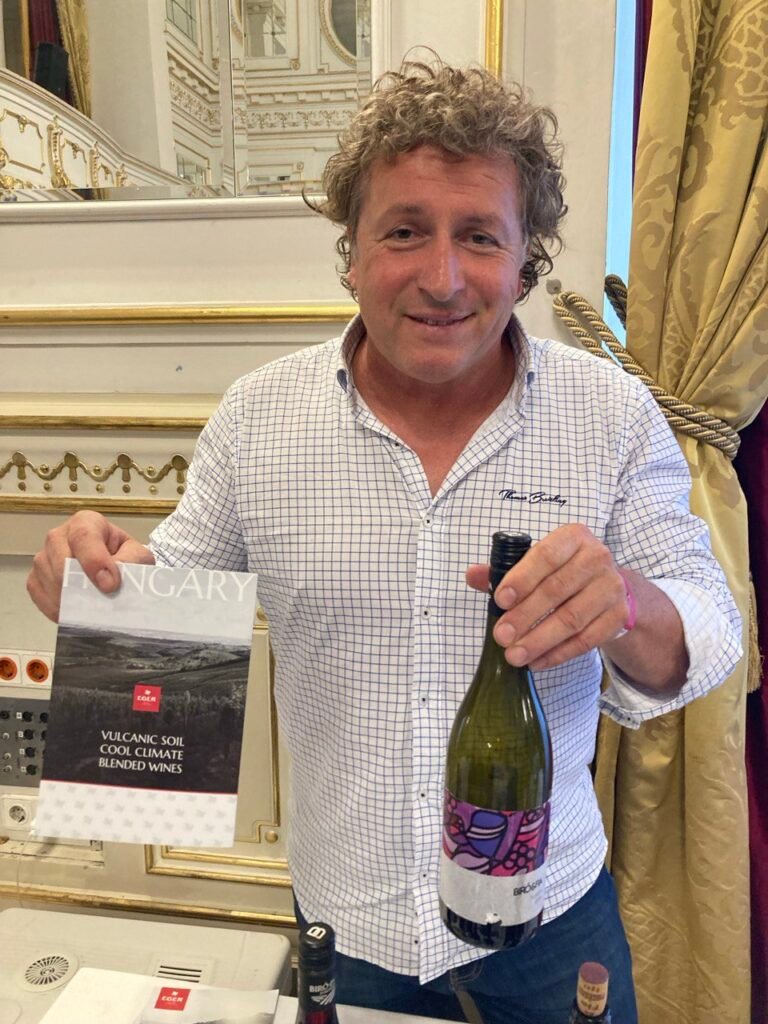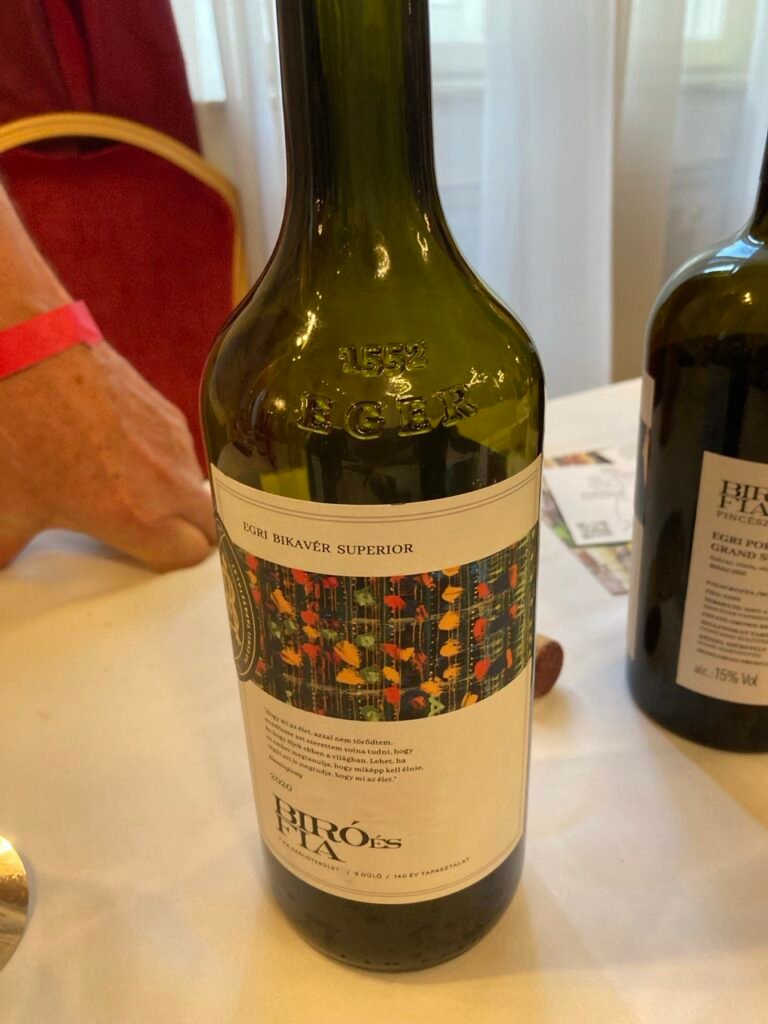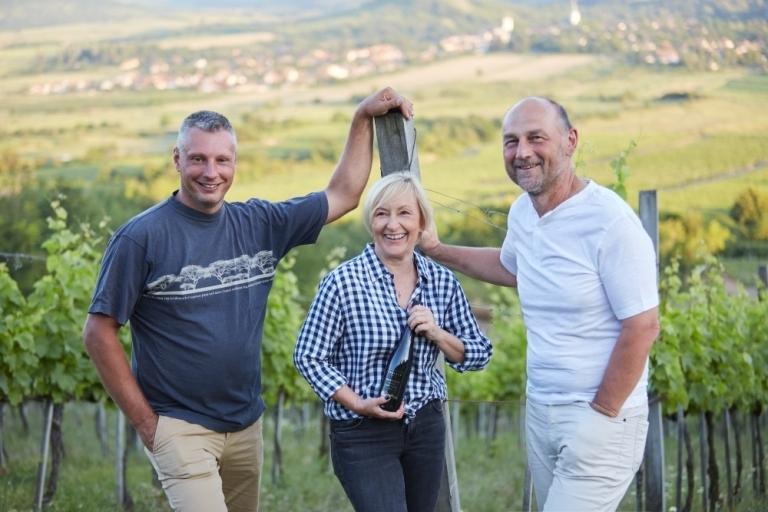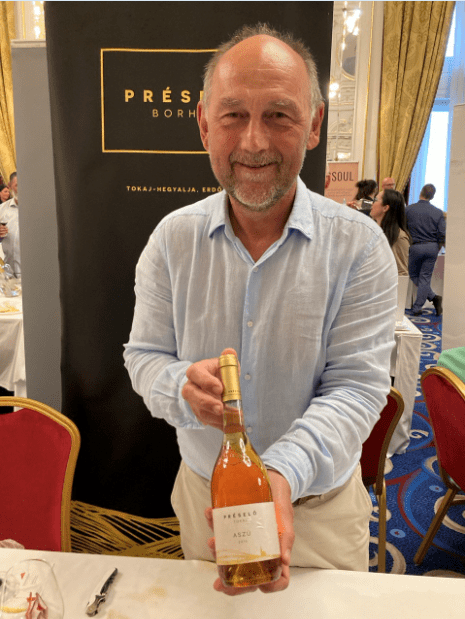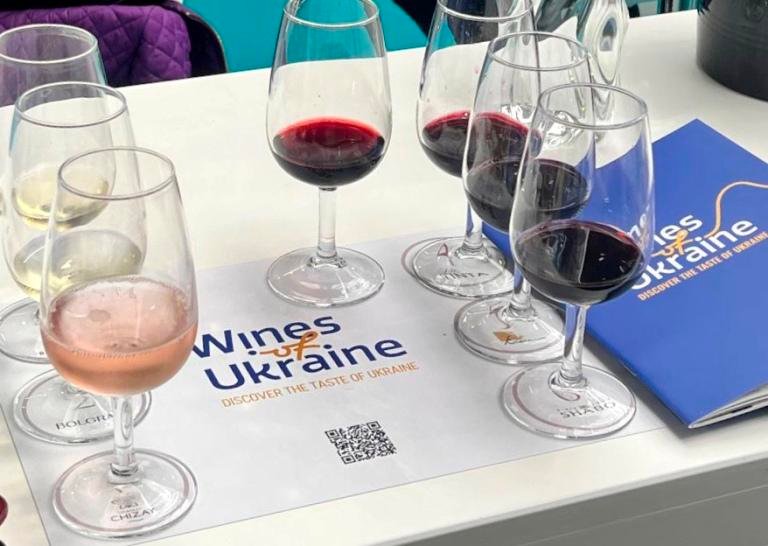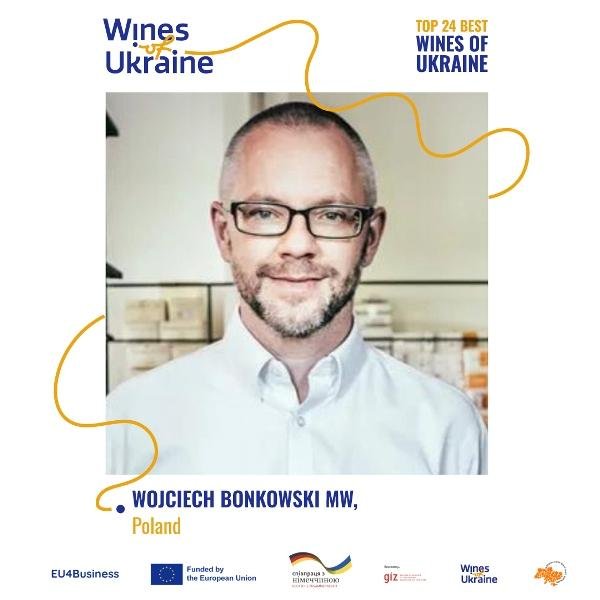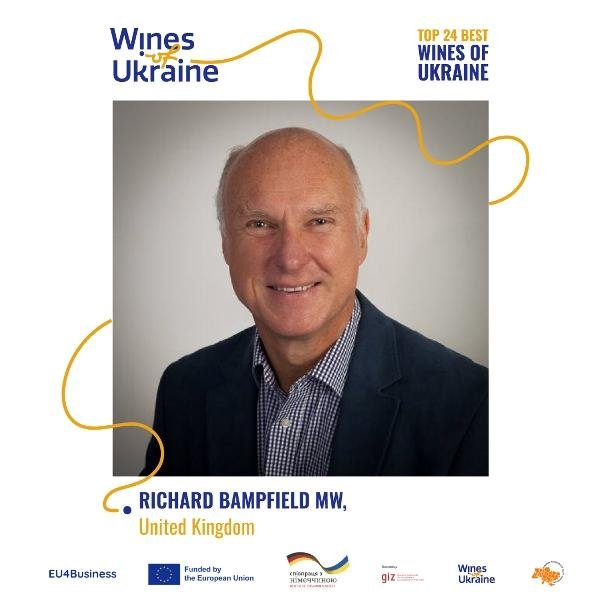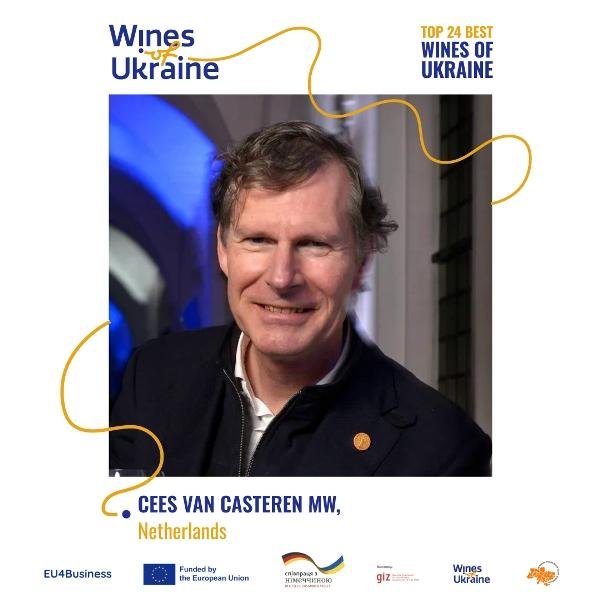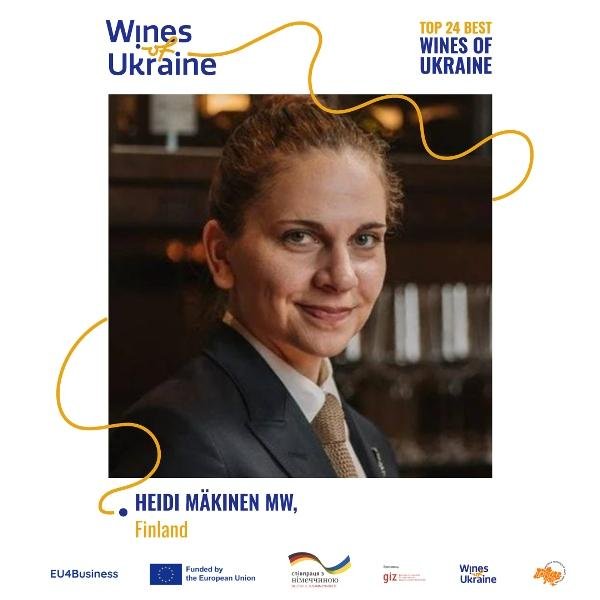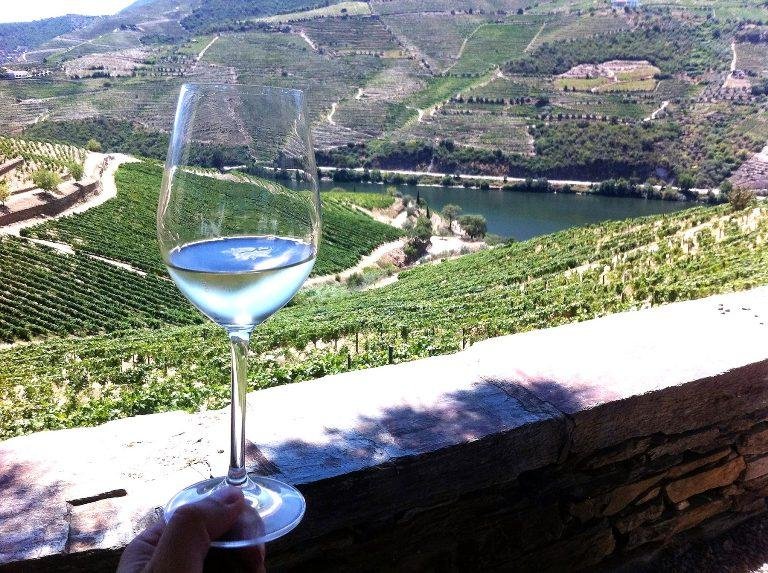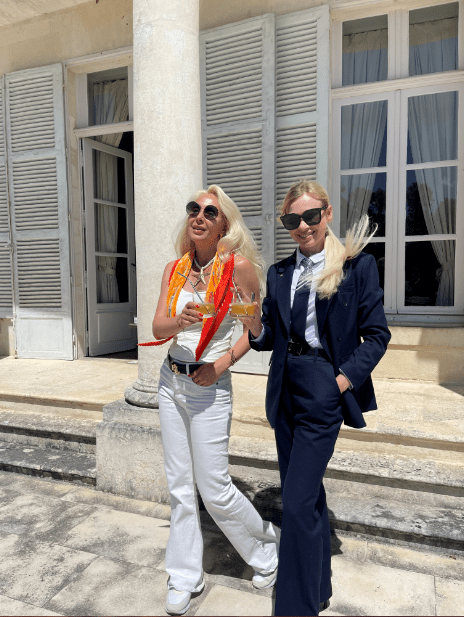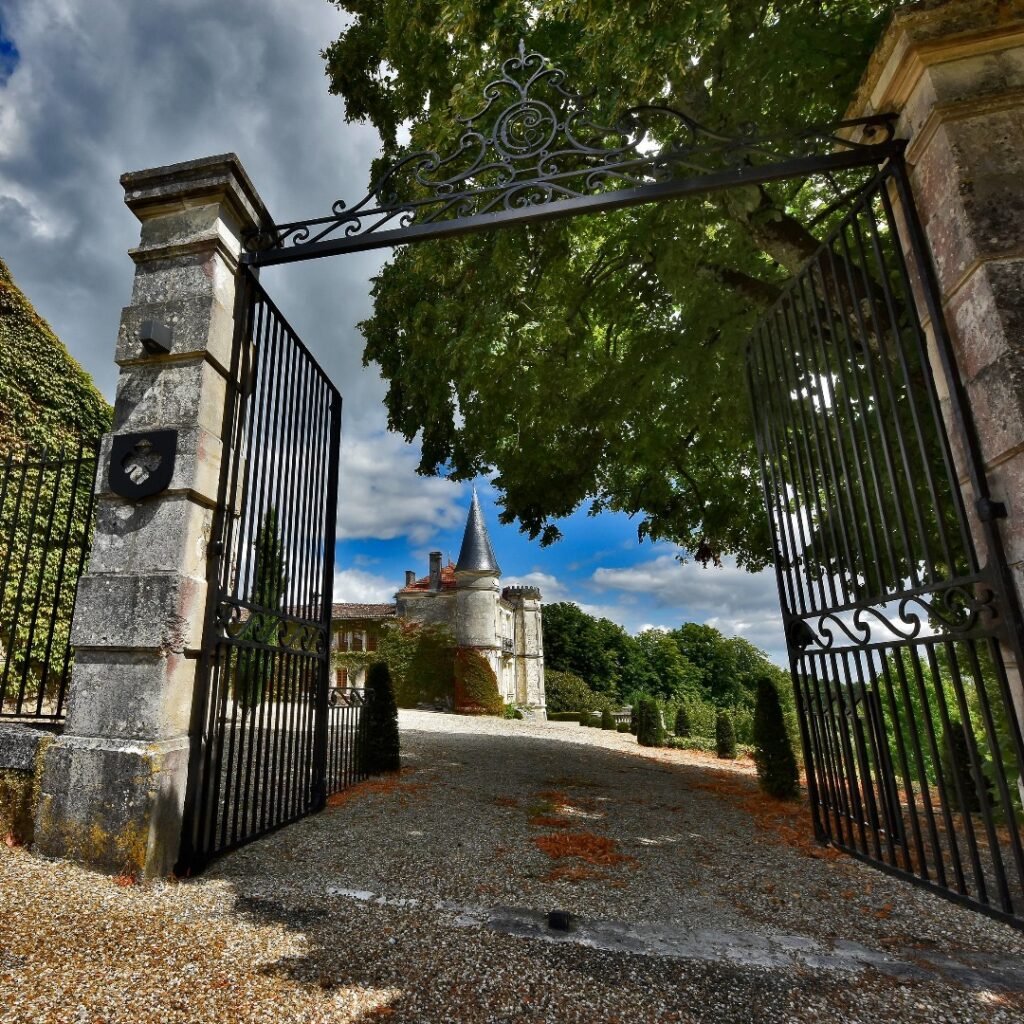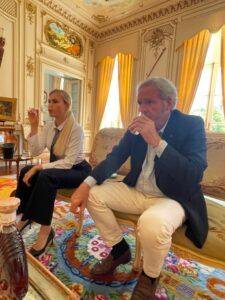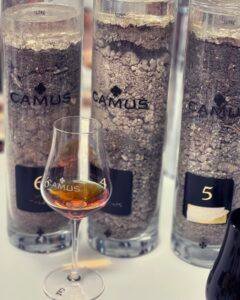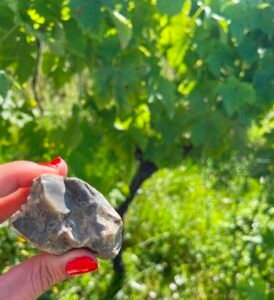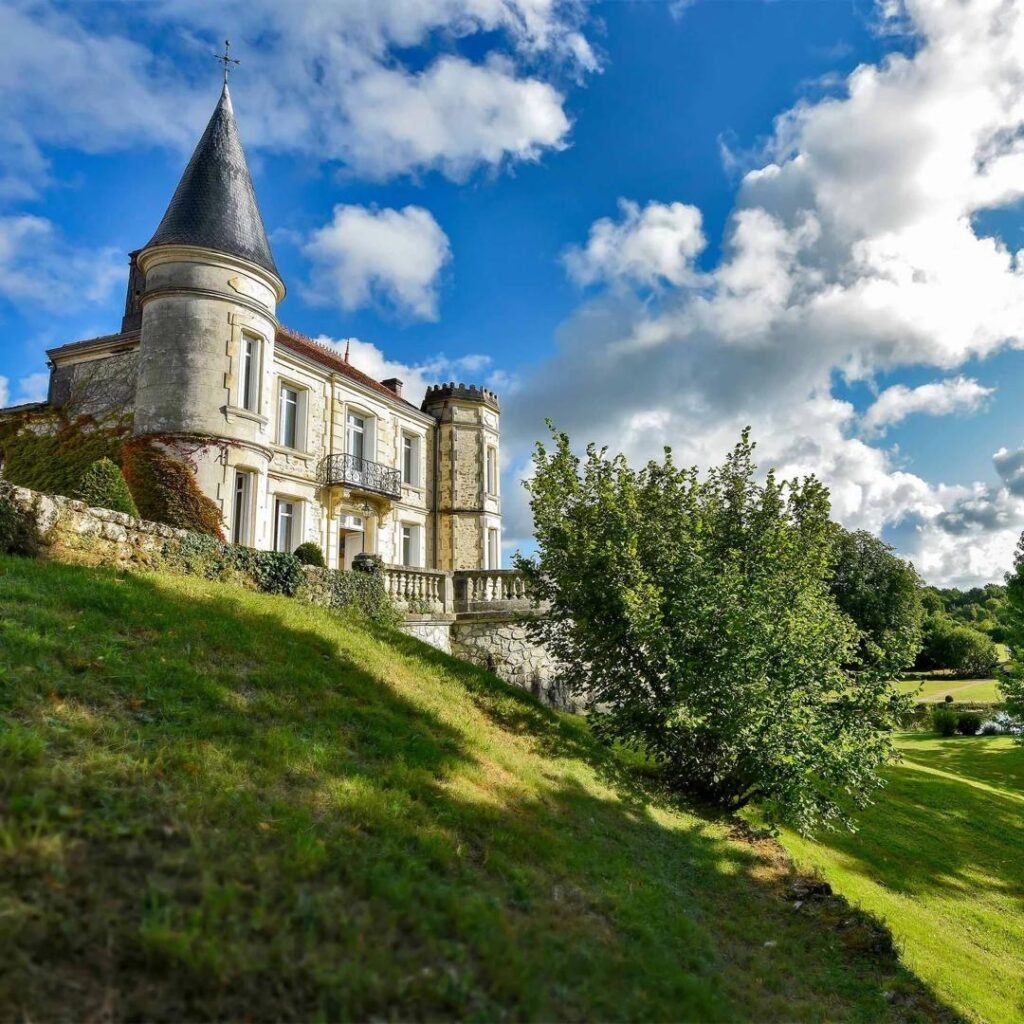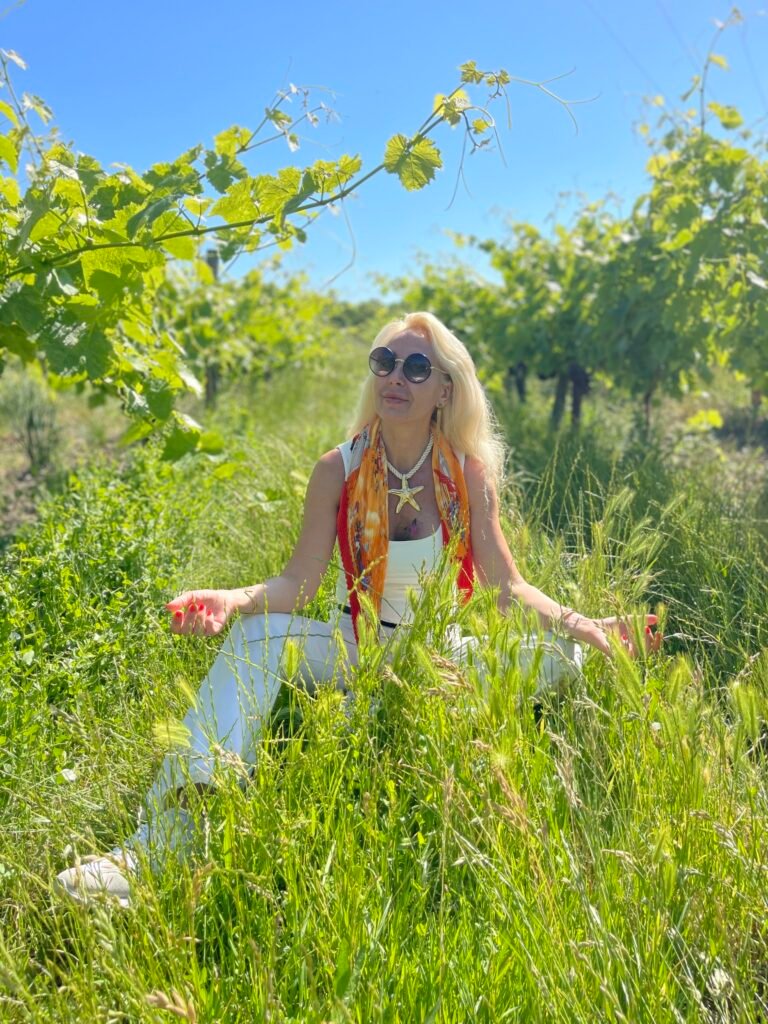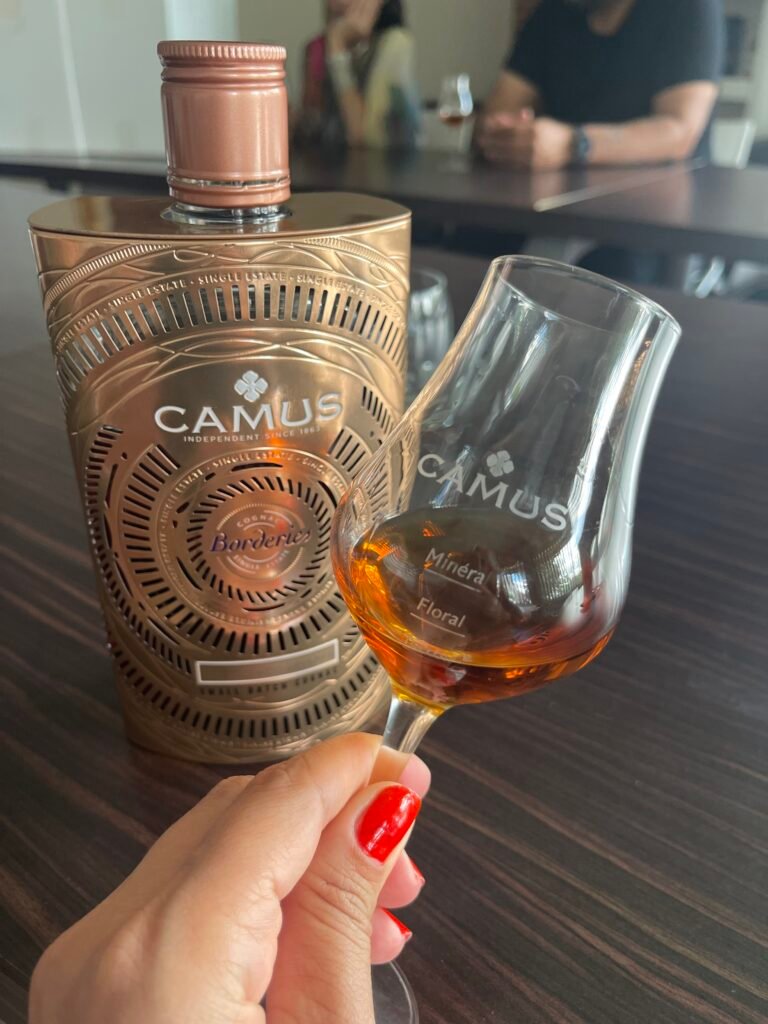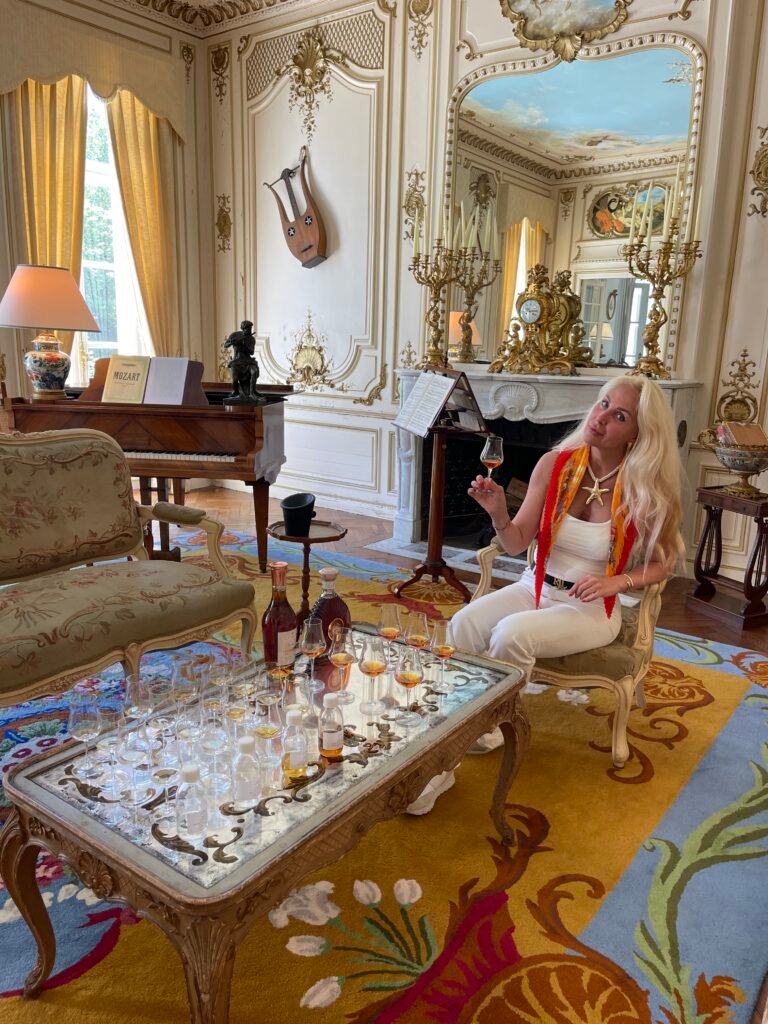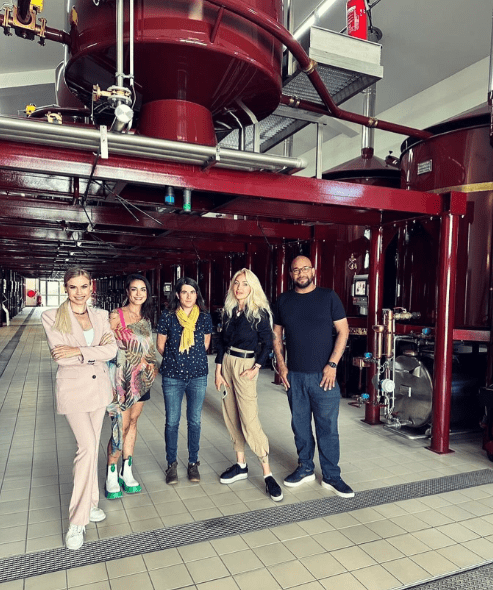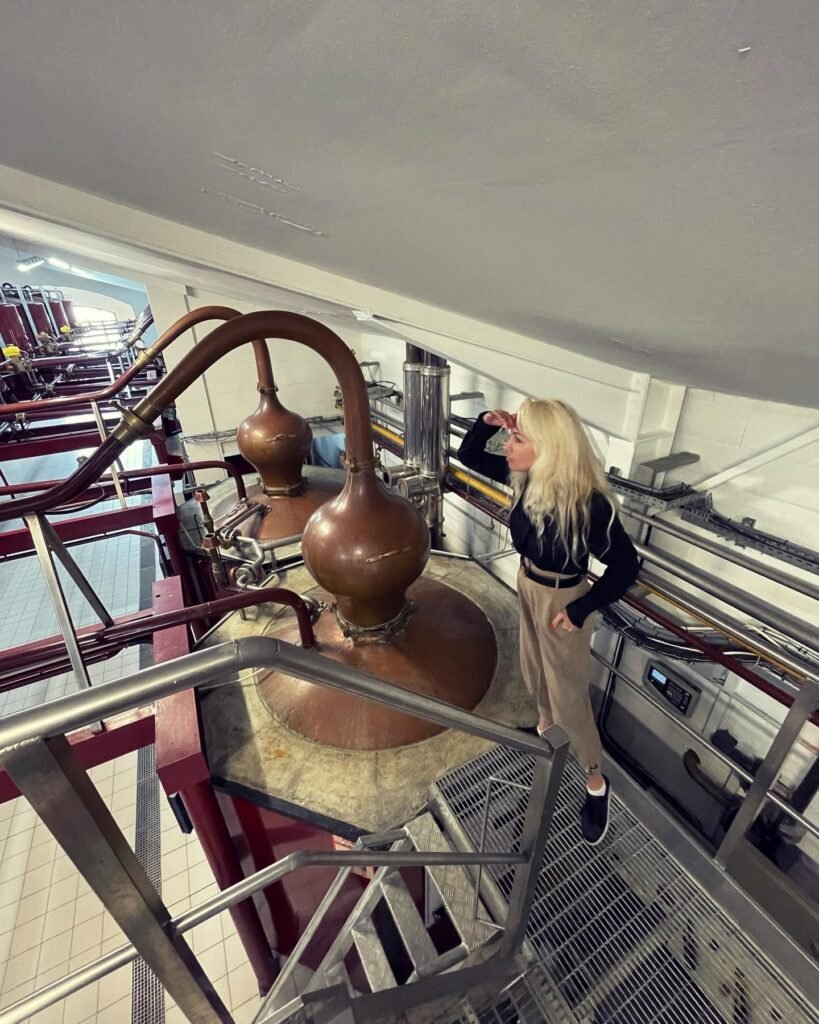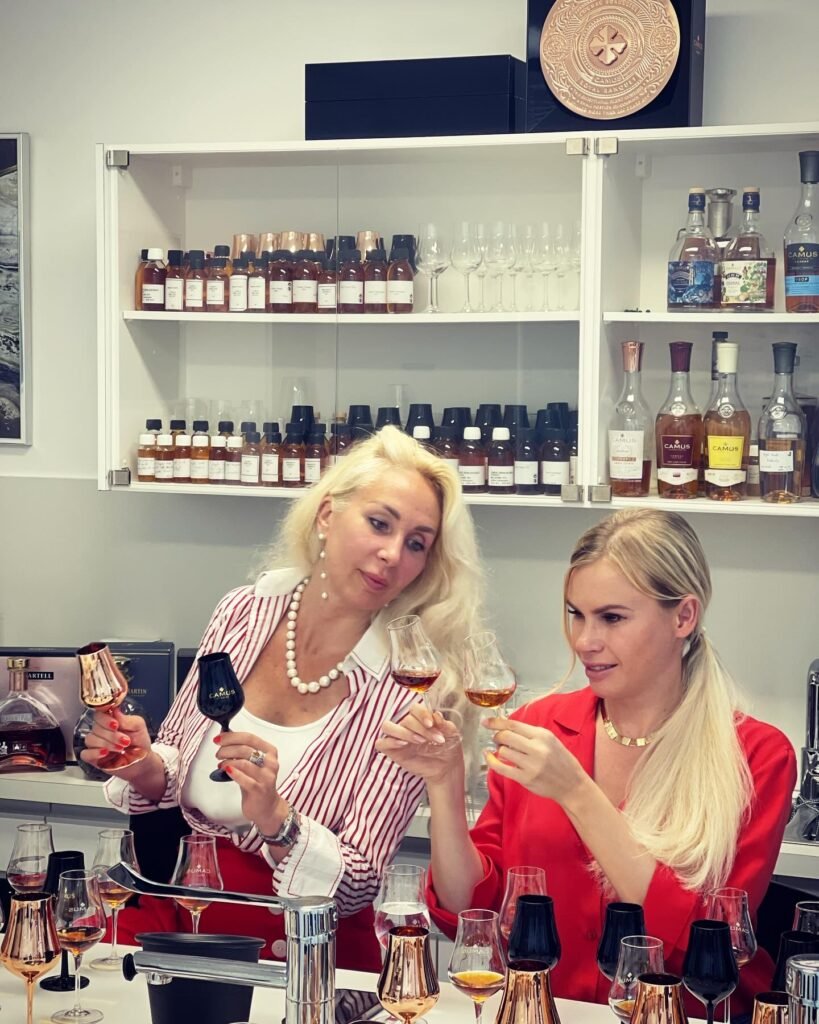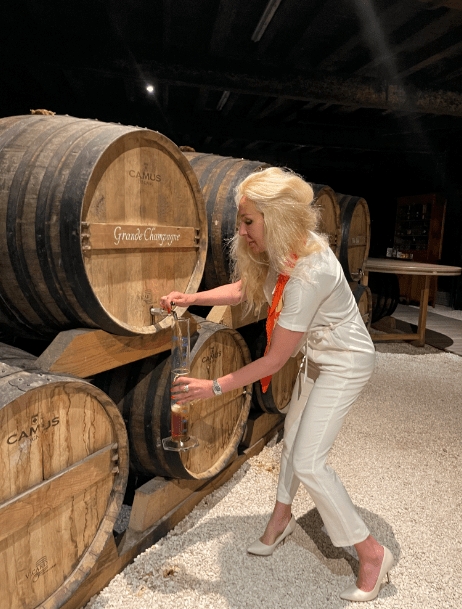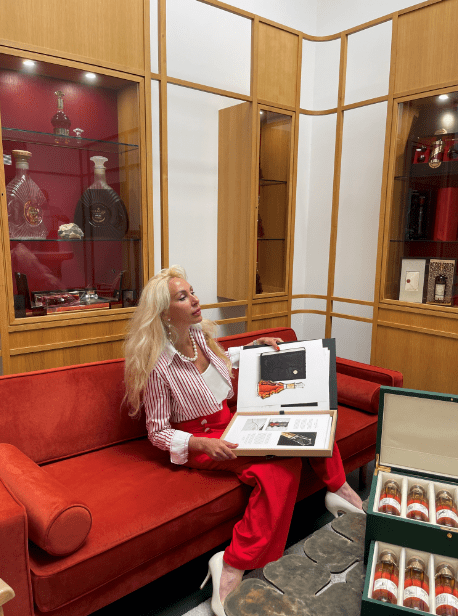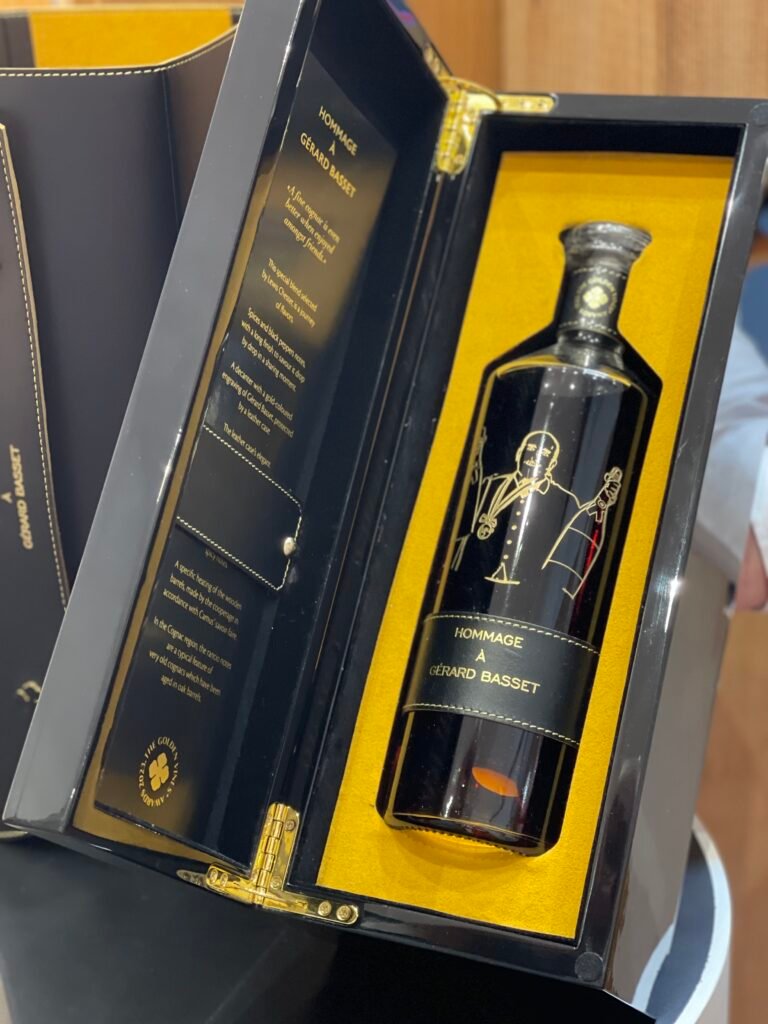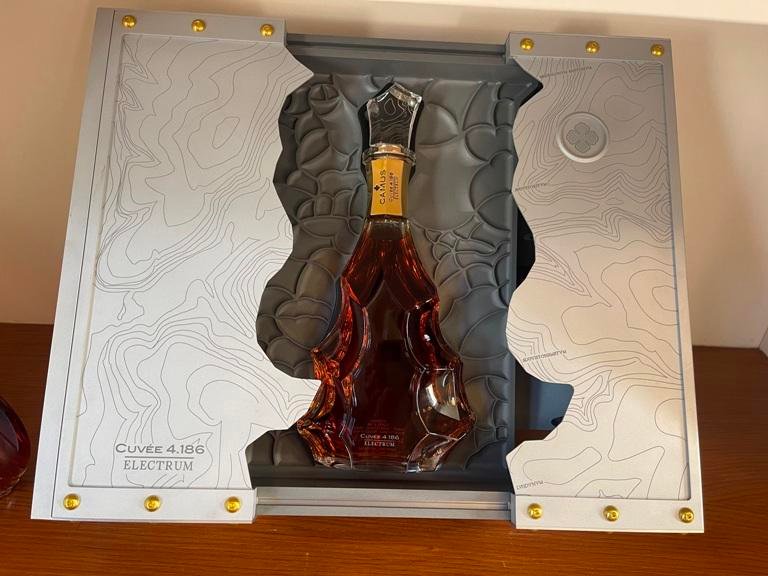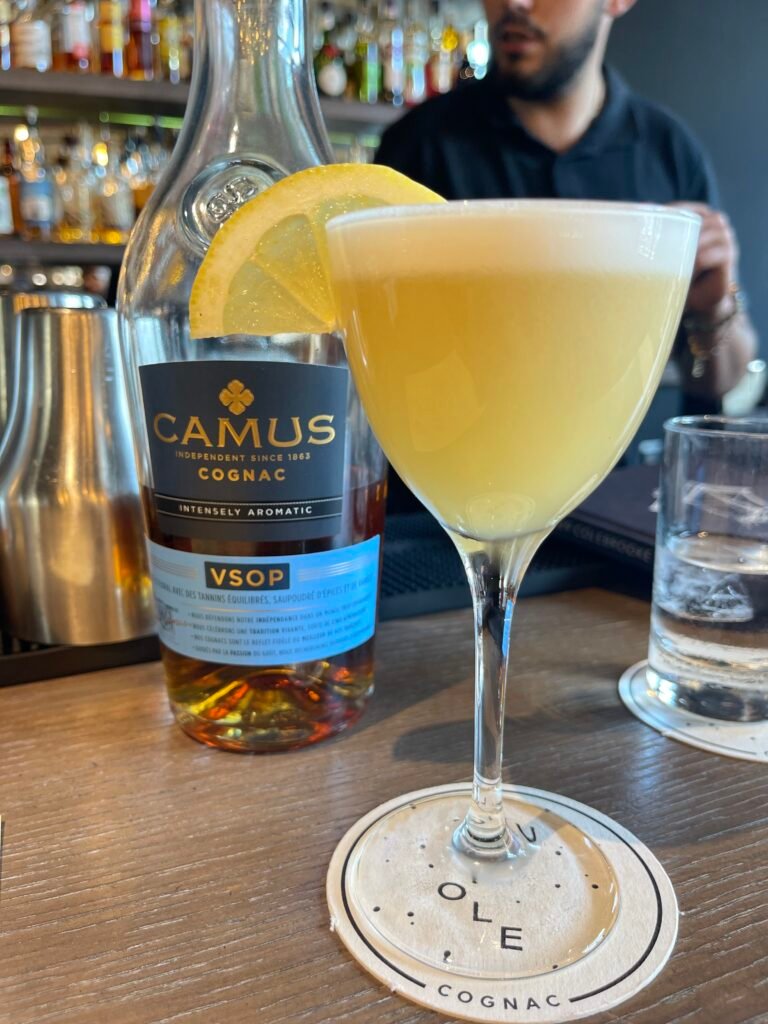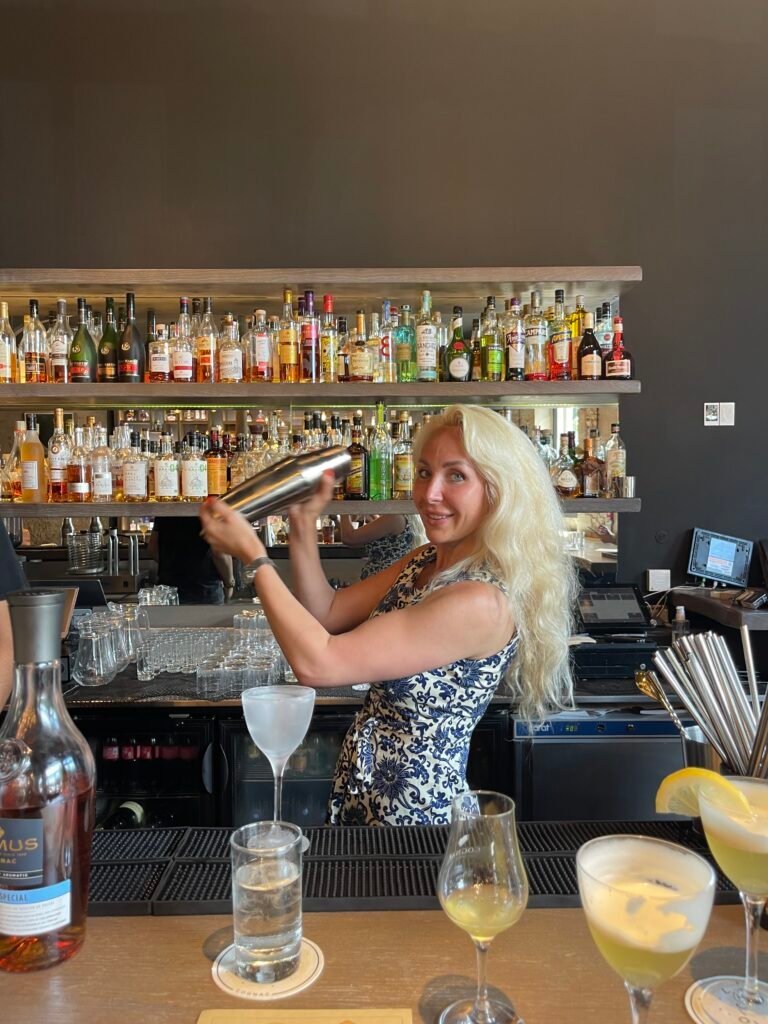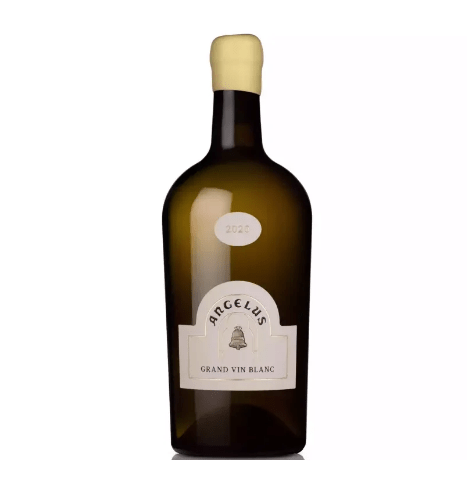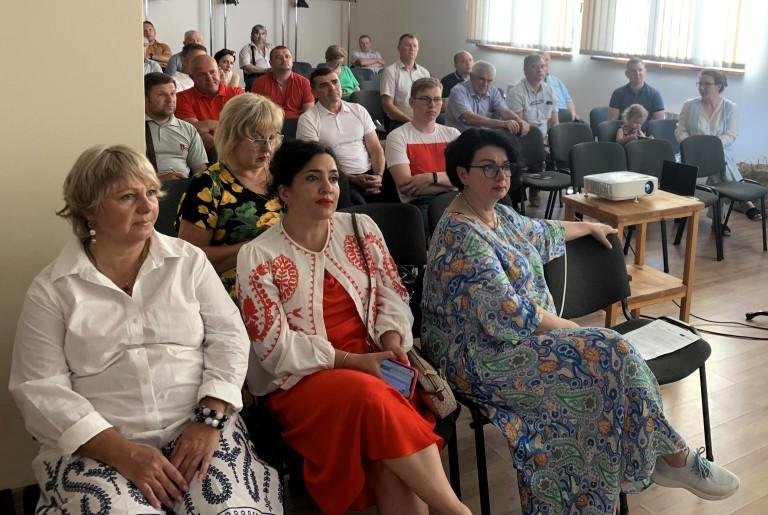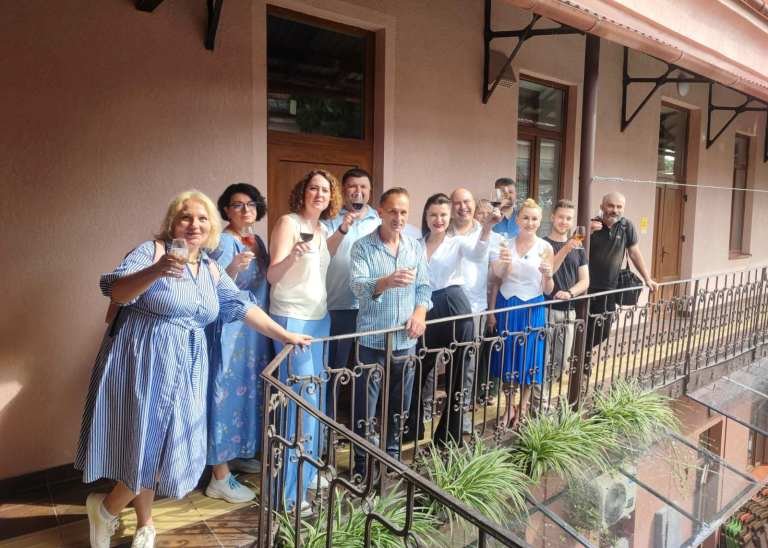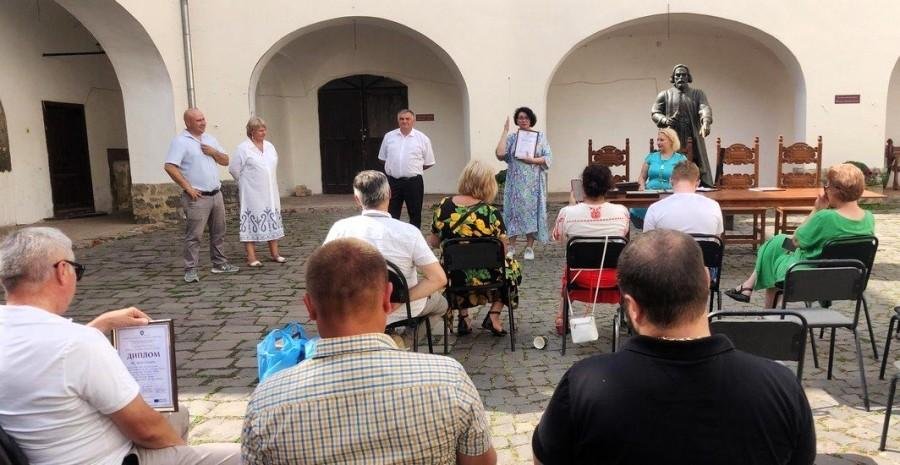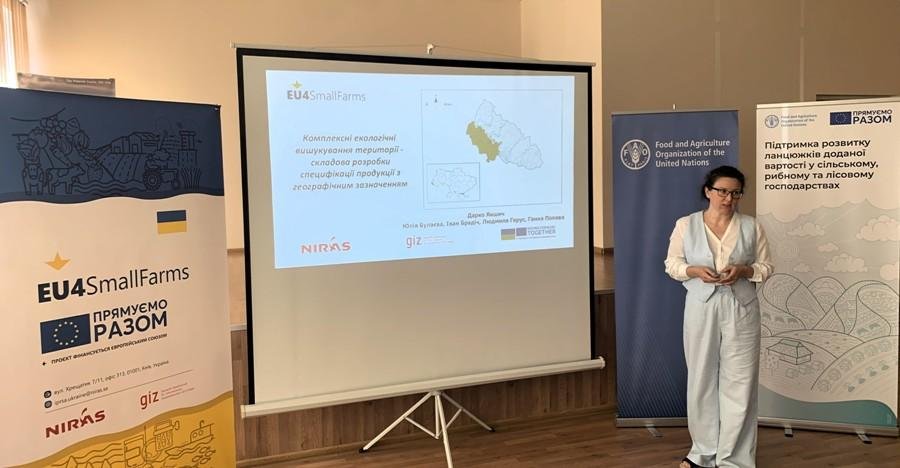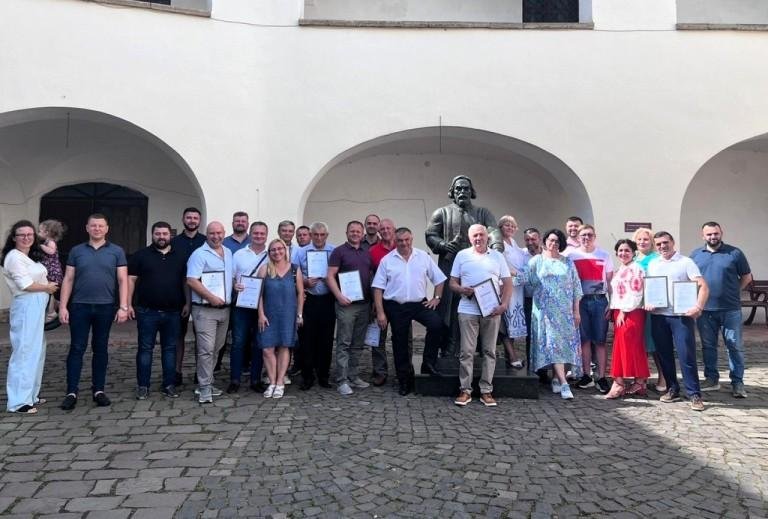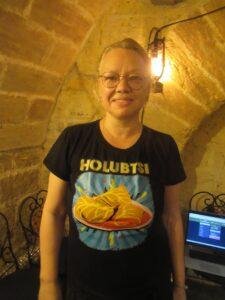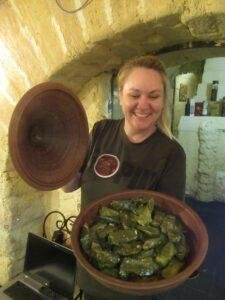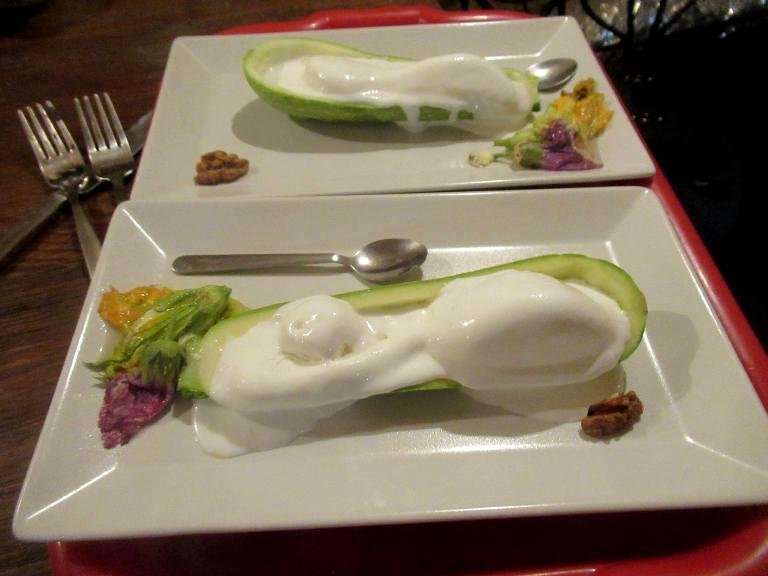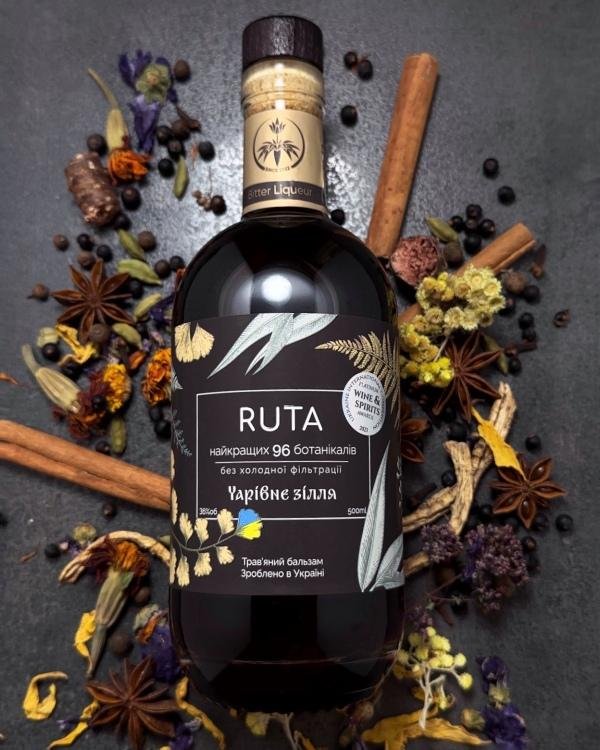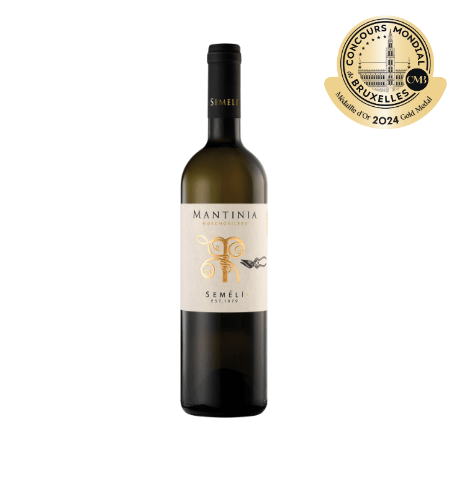Winelovers Wine Awards 2024: more than just a wine tasting competition
On June 28-30, the luxurious Corinthia Hotel, located in the heart of Budapest (I was told that this hotel was actually the prototype for Wes Anderson’s geniously ironic comedy, The Grand Budapest Hotel), hosted the organizers, jury members and guests of the Winelovers Wine Awards 2024, a wine event, which included an international tasting competition, a walk-around tasting for wine lovers, and a series of educational and business events for professionals.
The organizers of the competition, which has been held since 2023, managed to gather a competent and professional international jury and engage buyers and importers from Europe, Asia and the USA as business visitors and guests. Winelovers Wine Awards is organized by Trinety Media Ltd., the leader of the Hungarian wine market, having a professional online wine media, wine events agency, a WSET school and an online wine shop in their portfolio.
During the competition, the jury tasted wines from exquisite handmade glasses from the Hungarian manufacturer Halimba Crystal
Photo: Victoria Makarova
The organizers pay special attention to wines from Central and Eastern Europe, so among the competition participants there are many wineries from these regions. A total of 868 wines took part in the competition this year, presented by wineries from Hungary, Romania, Italy, France, Austria, Croatia, Georgia, Serbia, Slovakia, Spain, Argentina, USA, Azerbaijan, Portugal, Cyprus, Montenegro, North Macedonia, Slovenia, South Africa New Zealand and Ukraine.
For 3 days in a row, the jury, consisting of 9 commissions, tasted around 40 wines every day. “The tasting room at the Winelovers Wine Awards 2024 was highly professional, with wines served at the correct temperature and from excellent glassware, — shares her impression Teresa Soares Gomes, a sommelier and a wine educator from Portugal. — The tasting sequences were very well planned. After two days of tasting full-bodied red wines, on the last day I had the chance to judge whites, light reds, and sweet wines. As usual, the dynamics varied between tables, largely influenced by their respective presidents. It was a challenging and extremely positive experience to engage with other professionals, ranging from Master Sommeliers to local winemakers. The jury displayed an exceptional level of knowledge about Central European wines and wine tasting techniques”.
Photo: Phelipe Parsanne
The long-awaited results of the competition have been published at the Winelovers Wine Awards website.
Grand Gold (95 points and more) was awarded to the following wineries and wines:
- Matyisák Pince és Kádárüzem (Hungary) — Tokaji Escenzia 2002 (97 points)
- Barta Pince (Hungary) — Öreg Király Dűlő Tokaji Aszú 6 puttonyos 2019 (96 points)
- Balassa Bor (Hungary) — Tokaji Furmint “KAKAS” 2022 (95 points)
- Hangavári Borászat (Hungary) — Lapis Tokaji Aszú 6 puttonyos 2013 (95 points)
- Royal Tokaji Borászat (Hungary) — By Appointment Fordítás 2016 (95 points)
- Zsirai Pincészet (Hungary) — Tokaji Hárslevelű Középhegy 2021 (95 points).
As it turns out, it is rather difficult to compete with the Tokaji wines, at least in Hungary, but this indicates the quality of these wines, rather than the jury‘s bias: all tastings were “blind”, each commission included high-class experts from different countries, all having extensive experience with tasting competitions. Our compliments and congratulations to Tokaji for winning the generous “harvest” of the Grand Gold medals from Winelovers Wine Awards 2024!
This year, 9 Ukrainian wineries took part in the competition, sending 30 wines. It is no longer a surprise to us that Ukrainian wines compete successfully with the best samples from all around the world, winning dozens of medals in the most powerful international competitions every year. Ukrainian participants of the Winelovers Wine Awards 2024 also collected a significant number of awards — please welcome the winners and their wines:
Big Wines (Kyiv region):
- Big Art Telti-Kuruk 2023 — “gold” (90 points)
- Big Art Odesa Black 2023 – “silver” (88 points).
My Wine by Eduard Gorodetsky (Odesa region):
- Odesa Black 2022 — “gold” (90 points)
- Chardonnay 2022 — “silver” (89 points)
- Rose 2023 — “silver” (87 points)
- My Sparkling Wine Rose 2022 — “commended” (82 points).
Kolonist Winery (Odesa region / Danubian Bessarabia):
- Merlot Haut de Gamme 2018 — “silver” (88 points)
- Bisser Tirage Year 2020 sparkling – “bronze” (85 points)
- Odesa Black 2022 — “bronze” (85 points).
Biologist Winery (Kyiv Region):
- Pershotvir 2023 red dry — “silver” (89 points)
- Pershotvir 2023 rose — “bronze” (84 points).
Chateau Chizay (Zakarpattia):
- Furmint Late Harvest — “gold” (94 points)
- Chersegi 2023 — “silver” (87 points).
Chateau Pinot (Odesa region / Danubian Bessarabia):
- Pinot Blanc Exclusive 2023 — “silver” (85 points)
- Orange Pinot Blanc 2022 — “bronze” (84 points).
Villa Tinta (Odesa region / Danubian Bessarabia):
- Odesa Black VIP wine selection 2019 — “gold” (90 points)
- Merlot VIP wine selection 2018 — “silver” (89 points)
- Sukholimansky premium wine collection 2022 — “silver” (88 points).
Frumushika-Nova (Odesa region / Danubian Bessarabia):
- Citron of Magarach dry white 2023 — “gold” (92 points)
- Sukholimanske sparkling 2022 — “gold” (91 points)
- Sukholimanske dry white 2023 — “gold” (91 points)
- Citron of Magarach 2022 sparkling — “commended” (83 points)
- Cabernet Sauvignon Blanc de Noirs 2022 sparkling — “commended” (83 points) Sparkling Pinot Noir 2022 — “commended” (82 points).
46 Parallel (Odesa region):
- Grand Admiral Cabernet Sauvignon-Merlot-Saperavi 2018 — “gold” (91 points)
- El Capitan Pinot Blanc 2012 — “silver” (87 points).
We are very proud of our winners and hope that every year the number of awards received by our wines at international competitions will increase, and the recognition of the Wines of Ukraine as a brand on the major international markets will grow immensely.
The walk-around tasting of the wines presented by several competition participants, which took place on the second day of the event, deserves special attention. Some Hungarian wineries and their wines were a real discovery for me — here’s a brief review.
Első Szóláti Borház winery, producing their wines under the Egersoul brand, was founded just a few years ago, although its founders and enologists have many years of experience in this field. Első Szóláti Borház is located in the small village of Egerzólat near the city of Eger, in the north of Hungary.
The winery’s own vineyards covering a total area of 20 hectares are located mainly on mountain slopes and plateaus at an altitude of 230 to 260 m above sea level. The varieties that are grown there include Welschriesling, Zengő, Hárslevelű, Furmint, Chardonnay, Sauvignon Blanc (whites), as well as Blaufränkisch, Kadarka, Pinot Noir, Merlot, Syrah, Cabernet Franc, Cabernet Sauvignon (reds). Among the Egersoul wines I‘ve tasted, the most impressive one probably was Astrum Egri Csillag 2023, a premium dry white, a blend of Welschriesling (dominant percentage) with Hárslevelű, Furmint, Zengő and Chardonnay.
This wine has a very fresh and at the same time complex aromatic profile (delicate pear, white peach, green steppe and mountain herbs), produced from grapes born from both old and young vines. On the palate, it impresses with elegance, perfect balance and a lengthy mineral finish, characteristic of the wines of this region. In the competition, this wine has won a bronze medal (85 points). Egersoul wines, in general, demonstrate a very elegant and sophisticated character, unique terroir characteristics, and a considerable potential to age and develop in the bottle.
Photo: Victoria Makarova, Első Szóláti Borház
The “boutique” family winery named Káldi Borászat from the Szekszárd region in the south of Hungary is also quite young (it was founded in 2020), and has a very moving story behind it.
Its founder and winemaker, Gergö Káldi, “burned out” at a prestigious job in the banking sector and decided to plant his own vineyard and create a winery. Despite the young age of the winery, for Gergö, who is a true perfectionist in whatever he is doing, this is not just a hobby, but, rather, a lifetime’s work. He treats it very seriously, investing a lot of time and effort into perfecting his wines, and enjoys it a great deal. Káldi’s own vineyards currently cover a relatively small area of only 2 hectares, while the winemaker also buys grapes from local winegrowers, planning to expand his plantations in the future. Káldi Borászat works with such varieties as Kadarka, Kekfrankos, Cabernet Franc, Cabernet Sauvignon, Alibernet (also known as Odessa Black), Merlot, Grüner Veltliner and Chardonnay. Mr. Káldi’s wines are very clean and precise, and at the same time they are full of character and vivacity, demonstrating impressive organoleptic features, good balance and individuality.
I would especially like to mention Zefir 2021 (a blend of Cabernet Sauvignon, Merlot and Kekfrankos) — this wine won a silver medal in the competition, and another silver medal winner, Le Kek (100% Kekfrankos), aged partly in Flextank, partly in French oak barrels, blended after ageing. And, as a cherry on top, here comes another dry red, Sophie 2021, named after Gergö’s beloved wife (Cabernet Sauvignon, a special blend, partly aged in premium French oak for 18 months, partly in Flextank for 12 months with the addition of oak staves, later on blended for further ageing together).
Photo: Káldi Borászat, Victoria Makarova
Bíró és Fia is a family winery with a long-term history and traditions, currently run by the fourth generation of winegrowers and winemakers. The winery and vineyards are located in the Eger wine region. Bíró és Fia have been engaged in viticulture and winemaking since the 1880s. The cellars built in the early 1900s were renovated and modernized in the 1980s and 1990s. The family estate includes 7 hectares of 9 vineyards growing 12 different grape varieties, such as Cabernet Sauvignon, Kekfrankos, Merlot, Syrah, Portugieser, Turan, Chardonnay, Muscat Ottonel, Welschriesling, Traminer and others.
Mr. Attila Bíró, the winemaker, was very interested in Ukrainian wines and appreciated our flagship red variety Odesa Black. He also offered me to taste some of his reds. My absolute favorite was the red dry Egri Bikavér Superior 2020 — a blend of Cabernet Sauvignon, Merlot, Syrah, Portugieser and Kekfrankos. This wine has not yet reached its peak and shows great potential. On the nose dark it demonstrates dark fruits and red berries accompanied by elegant ageing notes, on the palate — well-balanced acidity, excellent structure and a lengthy, pleasant finish. This wine has been aged in French oak barrels and barriques for at least 3 years. Egri Portugieser Grand Superior 2022, another fruity, rich and amazing red wine I’ve tasted, has won a silver medal in the competition (88 points).
Photo: Victoria Makarova, Bíró és Fia
Steigler Wines, the organic family winery located in the wine region of Sopran, owns 21 hectares of vineyards. Such varieties as Grüner Veltliner, Zweigelt, Pinot Noir, Blaufränkisch, Cabernet Sauvignon have been grown here for a long time, as well as Cabernet Sauvignon, Syrah and the real treasure in the collection of local grape varieties — Furmint, which until the beginning of the 20th century was the hallmark of this region.
Local winemakers claim that Aszu wines were actually produced in Sopron 200 years earlier than in the famous Tokaji. The Steigler Winery’s owners and winemakers are very proud of their Furmints, which demonstrate not only the complex and sophisticated aromatic profile characteristic of this variety, but also the unique terroir features inherent in the volcanic soils of the region. Balint Lyorintsi, the founder and owner of the winery, personally presented his wines at the tasting. The most impressive ones were Steigler Premium Gruner Veltliner 2022 and Steigler Premium Bio Furmint 2022. The vines that gave birth to this Furmint are only 3 years old. They are grown on soils enriched with mica. The wine is aged in 500-liter barrels on lees for 10 months. It has a bright and complex aroma — white fruits, refined oak tones, honey and floral notes. It’s an intense, full-bodied, well-rounded wine with an excellent lengthy finish and a high potential for ageing.
Photo: Steigler Wines, Victoria Makarova
In the photo, Mr. Lyorintsi is holding this very bottle. Suffice it to say, this wine has won a gold medal at the competition. Besides that, Steigler collected 4 silver and 4 bronze medals, including a “silver” for Steigler Premium Gruner Veltliner 2022.
The wonderful Préselő winery from Erdöbenje, a small village in the Tokaji region, is well known not only to Hungarian, but also to international experts, despite the fact that it was founded relatively recently (the first vintage they released was 2013). Its founders, the spouses Zsolt and Gabi Nagy and their colleague and partner Arpad Zoldi, have more than twenty years of experience in the field of viticulture and winemaking.
The winery has its own vineyards with a total area of 8 hectares, where Furmint, Hárslevelű, Muscat Blanc, Syrah are grown. In addition to fine and refined dry wines (still and sparkling), Préselő is also known for its sweet wines — Aszú and late harvest. Préselő Aszú 2016, a bottle of which Zsolt Nagy presents in the photo, is a true work of winemaking art.
This is a sweet wine made from botrytized grapes, created according to the traditional Tokaji technology. It is extremely extractive in aroma and taste, with notes of ripe apricots, pears, flowers, honeycombs, demonstrating excellent crisp acidity that makes the taste of this wine perfectly balanced. In the competition, Préselő winery won 2 medals — “gold” for Serédi Hárslevelű Selection 2022 and “silver” for Mondoha Cuvée 2021.
Photo: Préselő winery, Victoria Makarova
The editors of Drinks.ua, Wine Travel Awards and Wines of Ukraine are grateful to the organizers of Winelovers Wine Awards 2024 for the invitation to participate in the jury and competition events, as well as for offering Ukrainian winemakers the opportunity to provide their wines for the competition free of charge. We look forward to the forthcoming projects by Trinety Media, including Winelovers Wine Awards, which is duly becoming one of the most important wine tasting events in Eastern Europe.
On June 28-30, the luxurious Corinthia Hotel, located in the heart of Budapest (I was told that this hotel was actually the prototype for Wes Anderson’s geniously ironic comedy, The Grand Budapest Hotel), hosted the organizers, jury members and guests of the Winelovers Wine Awards 2024, a wine event, which included an international tasting competition, […]



